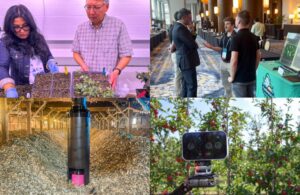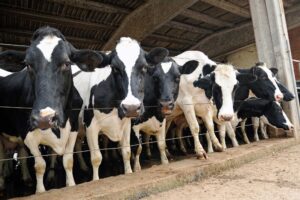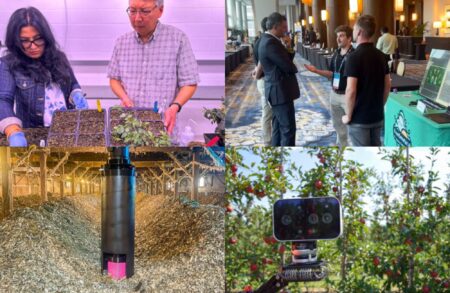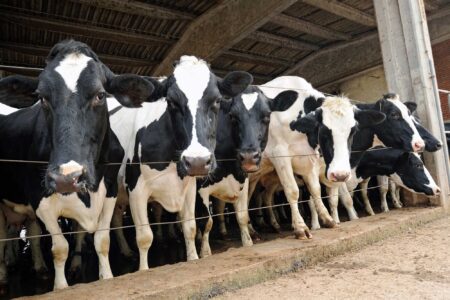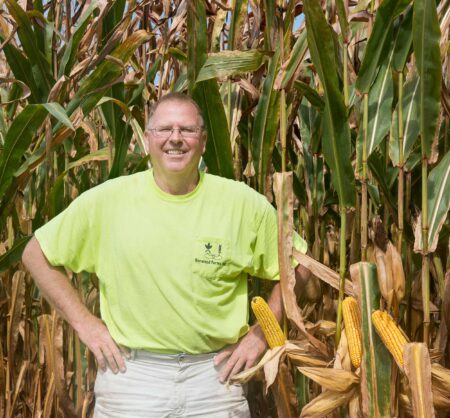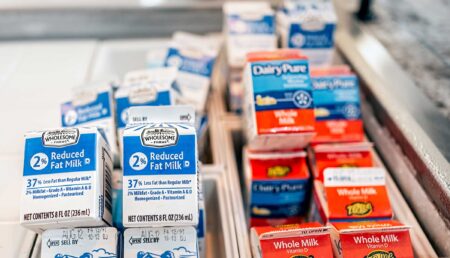The homepage of the U.S. Department of Agriculture now features a bold message that breaks from the usual neutral notices seen during funding lapses. Instead of simply stating that the website won’t be updated, it describes the closure as a “Radical Left Democrat shutdown,” noting President Trump’s stated wish to keep the government open to support farmers and agricultural producers.
The tone of this announcement sharply contrasts with the nonpartisan warnings typically issued during past shutdowns.
Currently, the federal government has been closed for one day and nine hours, and rural communities are already feeling the effects. Almost half of USDA’s 86,000 employees have been furloughed, which has left county offices across the country with closed doors and unanswered phones.
While food safety inspections and border checks are still happening, and SNAP benefits continue for now, much of the work that directly affects farmers is on hold. Farm loans, conservation program payments, disaster aid, and routine services that producers rely on in October — a key month in the agriculture calendar — are frozen.
For producers in the midst of harvest, this timing couldn’t be worse. October is when many operations depend on USDA payments or credit to manage the significant costs of running combines, hauling grain, and preparing for the next season. When margins are already tight due to low prices, high fertilizer costs, and ongoing trade uncertainties, even a short delay can impact a farm’s financial health. “It costs money to run those combines,” as one agricultural economist told Reuters. Right now, many producers are facing bills while Washington is caught in a deadlock.
At USDA, the Farm Service Agency has furloughed over 6,000 staff members, resulting in no new farm loans and no processing of disaster payments. The Natural Resources Conservation Service has nearly shut down, pausing conservation support that many farmers rely on in their management plans.
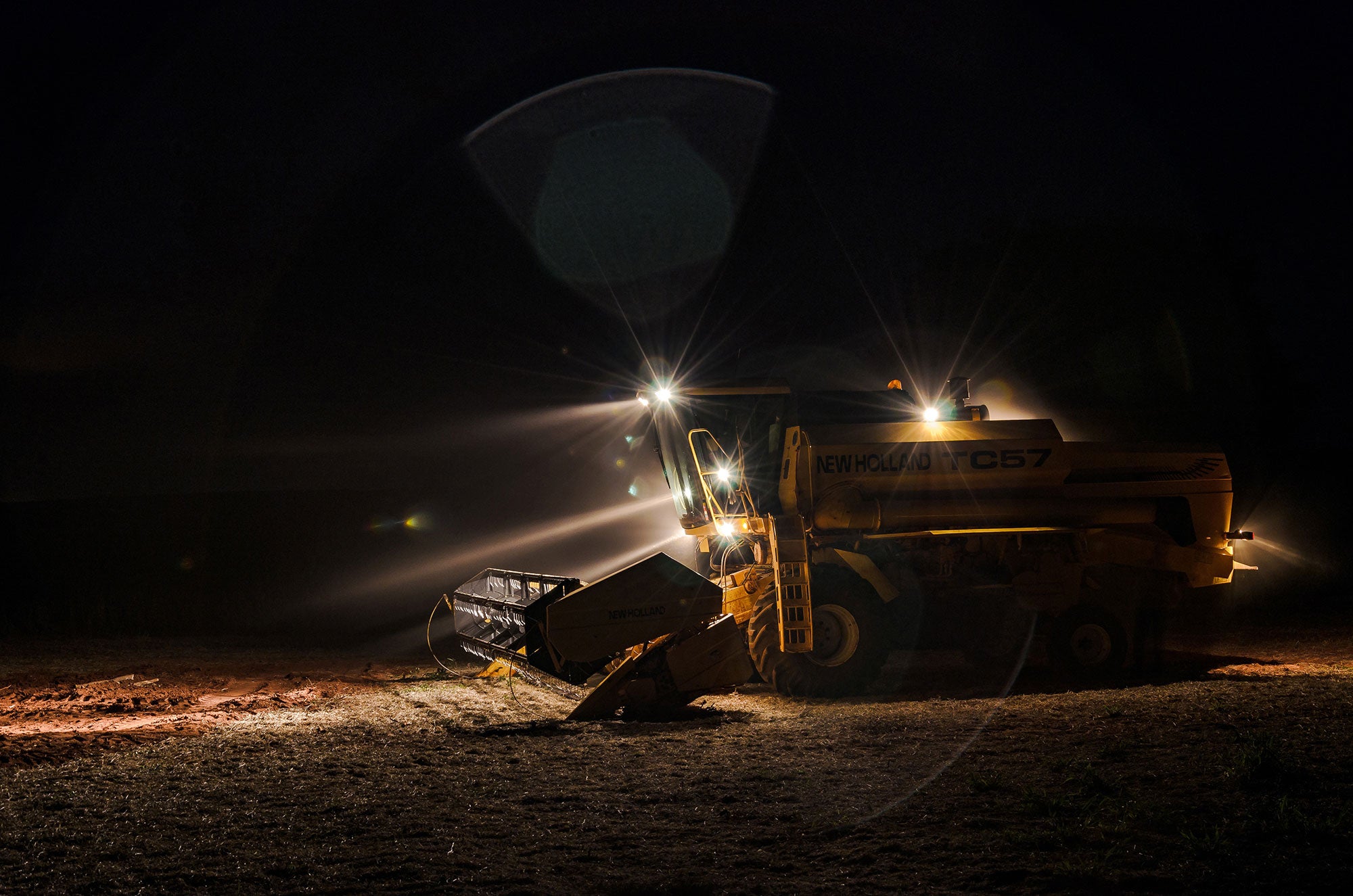

Research and data that farmers, markets, and agribusinesses depend on — such as the monthly crop production reports and the October World Agricultural Supply and Demand Estimates — are currently paused. This leaves producers to make tough marketing choices without the government’s usual guidance.
Politicians are pointing fingers at each other. The administration blames the Democrats for not backing its spending plan, while the Democrats claim that Republicans, who control the House, Senate, and White House, have refused to negotiate in good faith. In rural areas, though, the politics are less important than the real-life consequences: farmers are waiting for checks that aren’t coming, offices that aren’t open, and reports that aren’t being published — all while the harvest continues.


